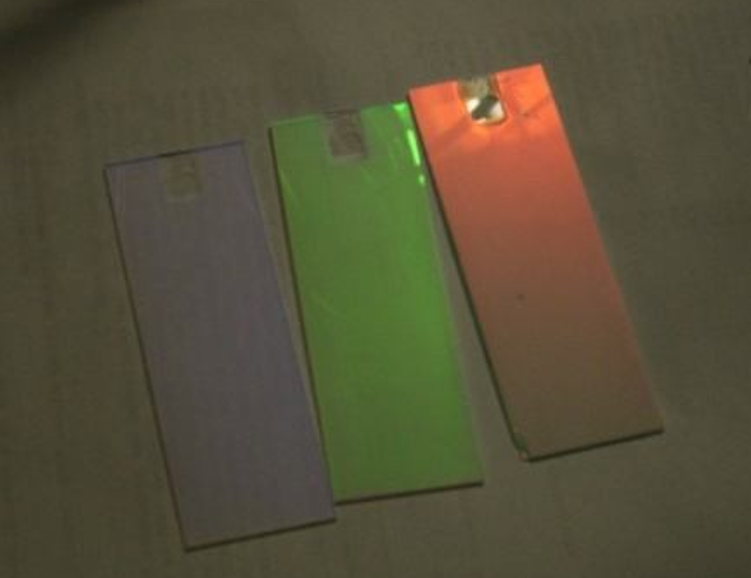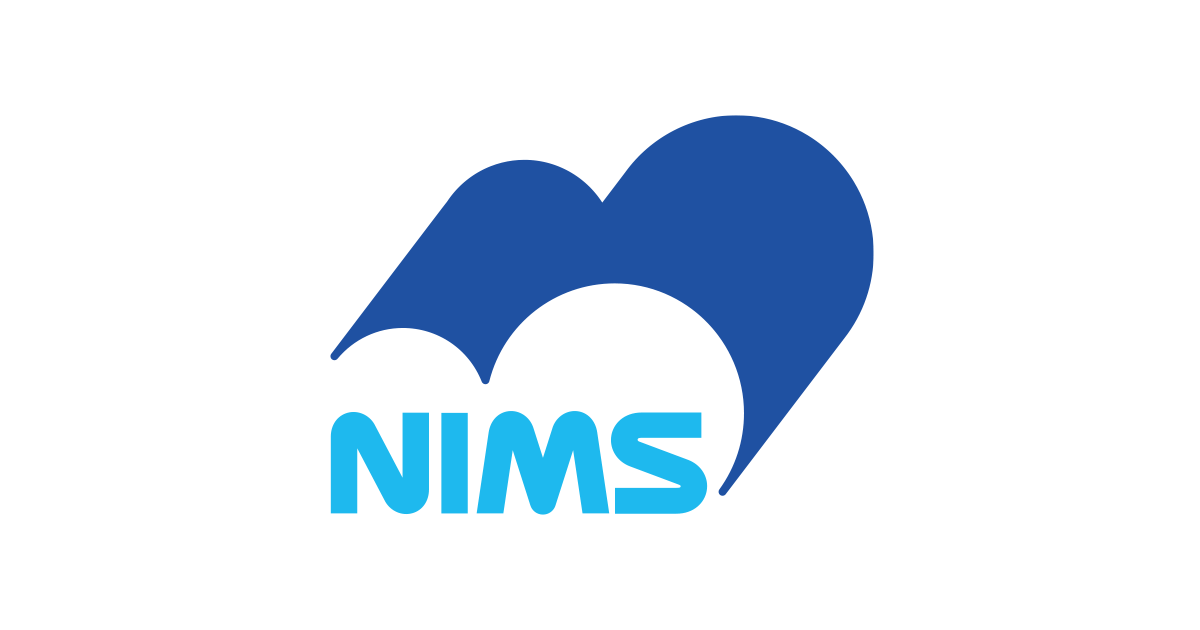
Smart Wound Monitoring Restorative Dressings
Research and Innovation Staff Exchange (RISE)
Call: H2020-MSCA-RISE-2019

SWORD
This research program is aimed at developing methods to achieve control over the preparation of hybrid nanostructures derived from renewable resources, whose optical properties can be controlled, and thus contribute to an in-depth understanding of their dependence on interactions at molecular level. More specifically, we shall develop strategies to produce the following:
- Functional chitosan based hybrid nanostructures;
- Systems based on chitosan IPN and halloysite for controlled drug release in ‘smart’ dressings;
- Colloidal assemblies including inverted structures for sensors (pH, humidity, temperature-sensing and bacteria detection)
Technology



Photonic crystals (PhC)
Multilayers of photonic crystals deposited onto glass substrates. The colours of PhCs are structural; they depend on the sizes of particles they are made of (left to right – particle diameters are 185nm, 220nm and 280nm).
Contact Us for more information
Our mission
Develop a demonstrator for a new type of chronic wound dressing designed specifically for patient use that will combine innovative therapeutic and diagnostic features, so as to aid rapid recovery, ease patient concerns and reduce dependency on medical professionals.
Consortium
Institute of Molecular Biology and Genetics of National Academy of Sciences of Ukraine
Ukraine
Research
Full project proposal
Dissemination
Repository:
2. Hydrogels Based on Imino-Chitosan Amphiphiles as a Matrix for Drug Delivery Systems
3. Double functionalization of chitosan based nanofibers towards biomaterials for wound healing
Bianca-Iustina Andreica, Xinjian Cheng, Luminita Marin*, European Polymer Journal 2020, 139, 2020, 110016
DOI: 10.1016/j.eurpolymj.2020.110016, PDF
6. Water soluble PEGylated phenothiazines as valuable building blocks for bio-materials
7. New formulations based on salicyl-imine-chitosan hydrogels for prolonged drug release
9. Citryl-imine-PEG-ylated chitosan hydrogels – Promising materials for drug delivery applications
11. Electrospinning of chitosan-based nanofibers: from design to prospective applications
Reports*






